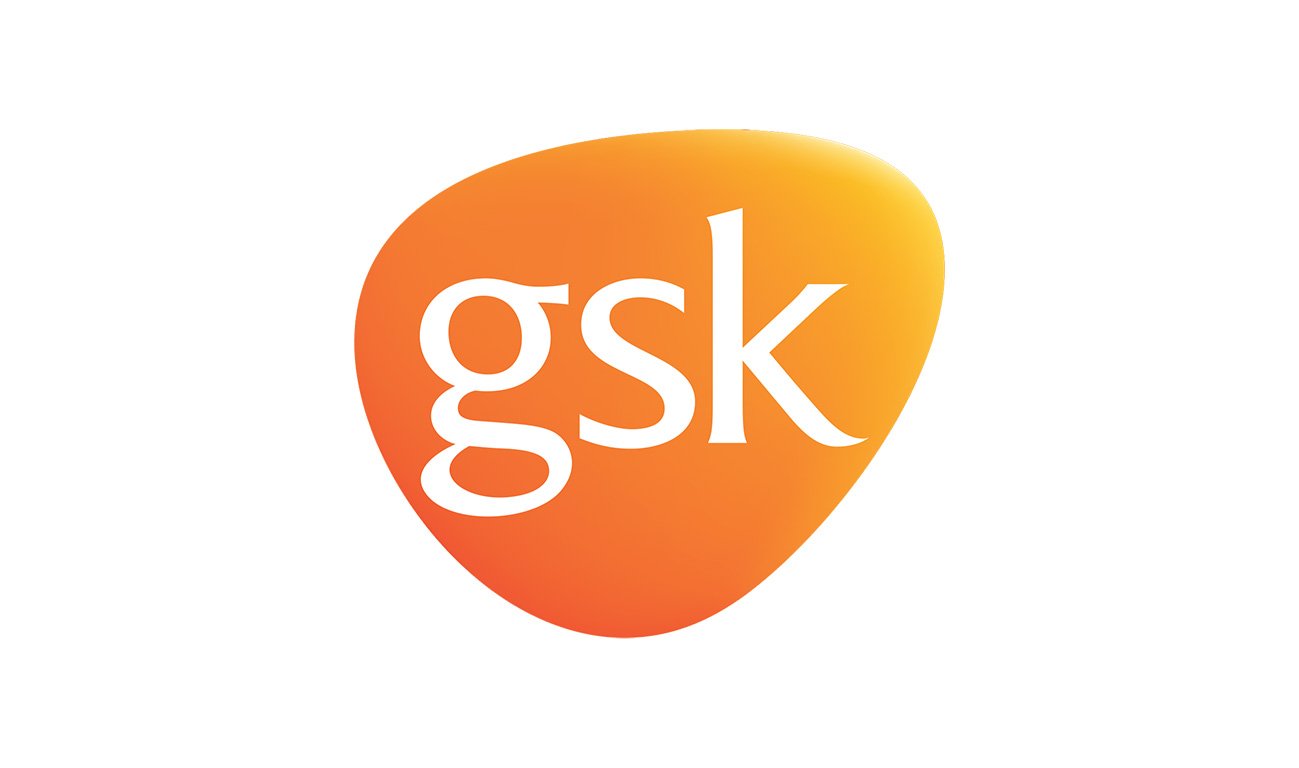Helping Patients Help Themselves
by Lynne Bouffard, GSK Care Management Solutions

We all want those we love to receive the best healthcare. Many of us will do hours and hours of research to understand health conditions or to find good doctors and hospitals. Too few, however, are aware that what happens outside of the hospital and doctor’s offices is more important than ever. This is why patient activation is now getting so much attention.
In simple terms, activation means that patients have the skills, knowledge and confidence to manage their health. According to a recent Wall Street Journal article, studies show that patients who are actively engaged in their own healthcare have better outcomes and lower costs. It also reports that the 40% of Americans who are not engaged “fail to take their medications, skip preventive screenings and end up back in the hospital soon after discharge.”
Activation is especially important for patients trying to manage diabetes, high blood pressure or other chronic conditions. With our country’s population growing older and sicker (nearly half of those 65 and over suffer from at least two chronic conditions), those of us in healthcare have a responsibility to help these patients take better care of themselves.
Ideally, this effort involves everyone: doctors, nurses, hospitals, and even patients’ friends and families. Though the approach may vary, here are three principles to keep in mind to increase the likelihood that patients will receive the information, support or interventions they need.
Connect with Patients on their Terms and their Turf
It’s important to understand all of the factors that trigger patient behaviors, both positive and negative. Many organizations are adopting a holistic, proactive approach that – in additional to traditional healthcare activities – now also includes tactics such as motivational interviewing, health coaching, follow-up calls and visits to help make sure patients are following their treatment plans and identify any barriers to adherence. Some are training local care coordinators to provide community support programs for those at high risk for certain chronic diseases.
Deliver Consistent, Frequent and Compelling Messages across the Continuum of Care
Patients discharged from a hospital should have a clear understanding of what will happen after they leave a doctor’s care. Yet one national survey of Americans age 50 or older found that 76 percent had left a doctor’s office or hospital confused about what to do at home. To ensure consistent communications, many organizations are working to consistently reinforce important information to patients at multiple points during their care, including the emergency room, therapy, pharmacy, nursing, home care and outpatient clinics. Another key consideration is making sure educational resources for patients are written at appropriate reading levels and in multiple languages.
Collaborate and Communicate
Patient activation takes a village – and lots of teamwork. Ideally, healthcare organizations, payers, community groups and other stakeholders will create more formal and informal alliances to learn how they can work together to share best practices and improve patient-centric communications. At GSK, we are committed to improving patient care and our Care Management Strategy and Solutions team is committed to this effort, working to ensure that high quality, patient-centric care management tools and resources are available to payers, providers, and patients to support better patients health.

